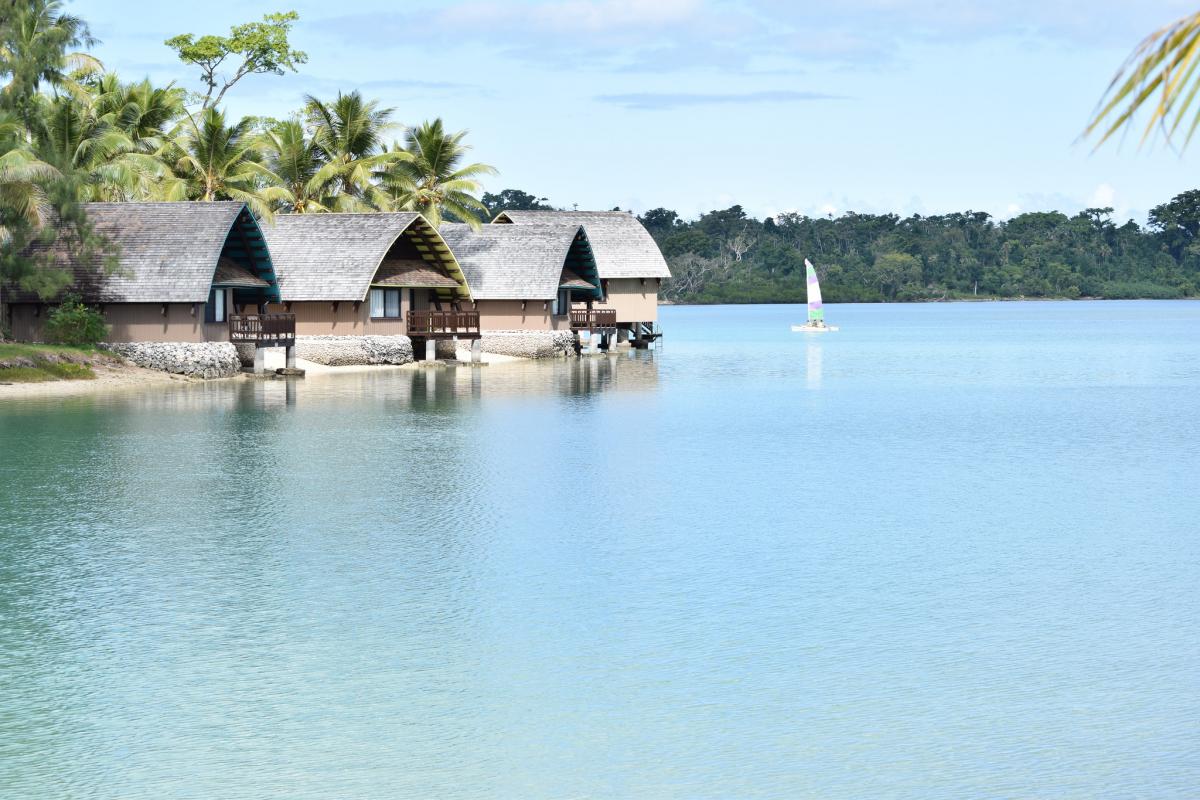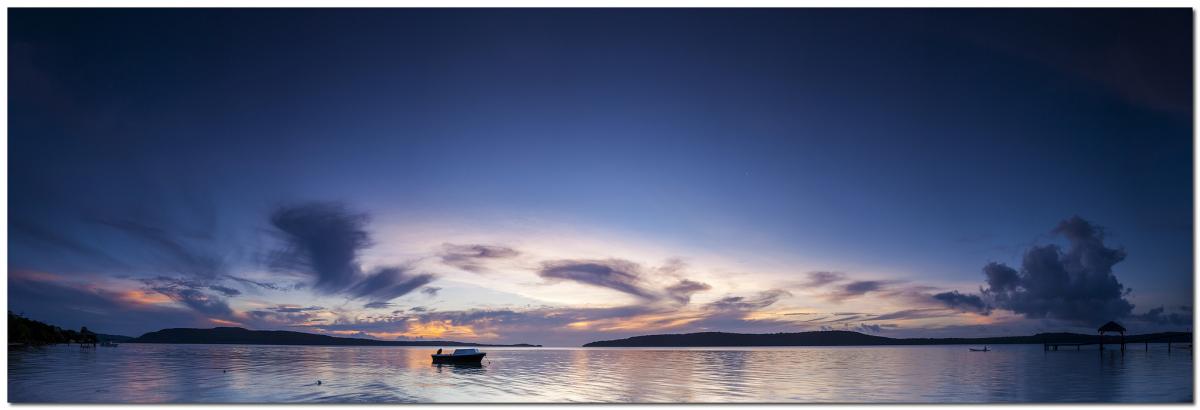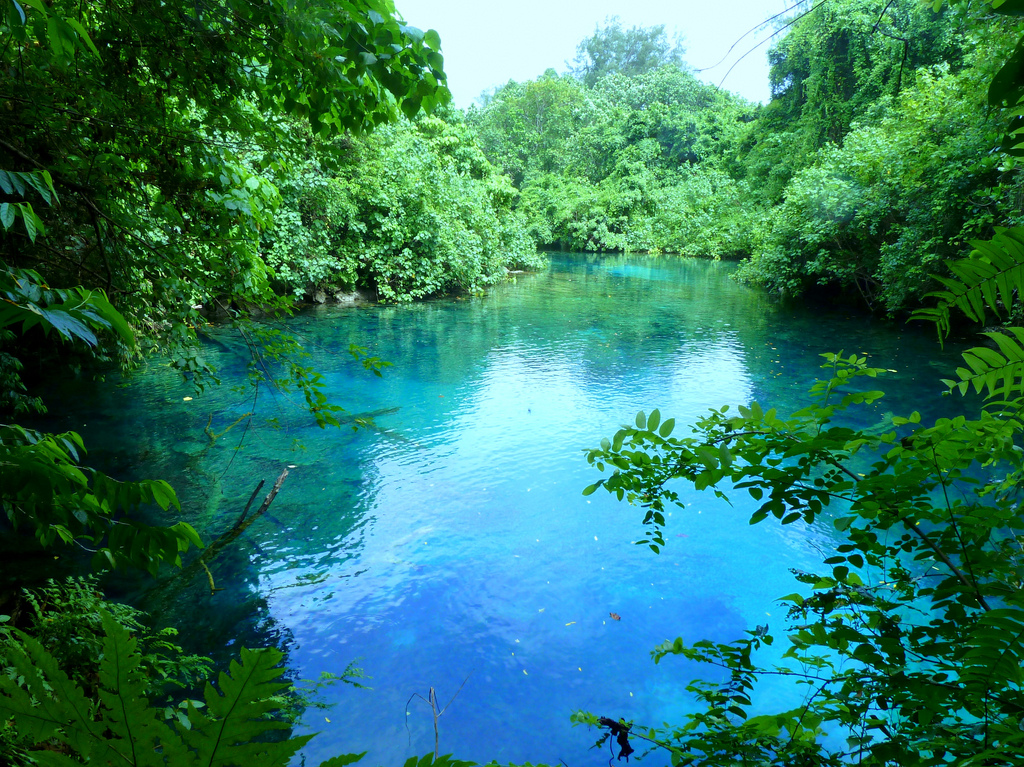Chris, VK2YUS will be active again as YJ0CA from Vanuatu, 14 - 24 October 2025.
He will operate on 40 - 10m, SSB.
Recent DX Spots YJ0CA
QTH - Port Villa, Efate Island, IOTA OC - 035.
QSL via home call direct.
Ads for direct QSL:
Chris Ayres, 3/19-21 Eastern Rd, Turramurra, NSW, 2074, Australia.
Vanuatu
The Republic of Vanuatu (historically known as New Hybrids) is a colourful country in Melanesia, set on 83 islands of varying sizes. Some of them have been inhabited by people for centuries, while others are so tiny that only birds' nests fit on their surface. The island nation stretches 1,300 kilometres along the South Pacific Ocean. The capital is the modern city of Port Vila.
Vanuatu is a striking corner of untouched nature, which amazes with its diversity. Geographical features and remoteness of the islands from each other led to the formation of different flora, landscapes and fauna. Thanks to these differences Vanuatu is constantly surprising with new discoveries. Here you can find both cities with developed infrastructure and vibrant nightlife, and authentic villages with ancient cultural traditions.
 Holiday Inn Resort, Erakor Lagoon, Vanuatu. Author - Melissa Hansen.
Holiday Inn Resort, Erakor Lagoon, Vanuatu. Author - Melissa Hansen.
Ancient history
According to archaeological research, the first human settlements in Vanuatu date back to 2000 B.C. Aborigines from the Solomon Islands and Papua New Guinea migrated here. Soon the migration became massive, with whole tribes sailing to Vanuatu in huge canoes that could hold up to two hundred people. The natives brought with them farm and wild animals, plant seeds and religious ritual objects. Traces of the earliest settlement were found on the island of Malo - about 3 thousand years ago representatives of the ancient Lapita culture lived there. Later, the Mangaasi tribe appeared in the archipelago, which was also incredibly progressive for its time - it was engaged in fishing, agriculture, as well as the manufacture of pottery. Over time, the two different cultures blended together to form the ancestors of the present-day Vanuatu people.
Magical rituals and cannibalism
Most stories of cannibalism in present-day Melanesia are nothing more than fiction - the gruesome tradition faded into the past along with extinct tribes that no longer exist today. But the ancient inhabitants of Vanuatu once practiced cannibalism, as evidenced by archaeological finds. In one burial ground dating back to the 17th century BC, human bones with characteristic marks were found. Later, similar burials were found on different islands with remains that also bore human teeth imprints.
 Vanuatu. Author - Tim Edmuns.
Vanuatu. Author - Tim Edmuns.
The discovery of Vanuatu and the "blackbird hunt"
Europeans learnt of the islands' existence only in 1606, when Spanish navigators landed on the island of Mere Lava by accident. The explorers came across the archipelago on their way to Australia, which was discovered a few months later. But for the next 166 years, no European ever set foot in Vanuatu. The second successful expedition was led by the French, and in 1774 the archipelago was visited by the famous James Cook, who named it New Hybrids. The first European settlers arrived on the islands towards the middle of the 19th century. They displaced the local population, which had also declined sharply due to the diseases they brought. The Europeans recruited natives to work on foreign plantations - this happened at a time when the slave trade was already illegal. Voluntary slavery was known as blackbird hunting.
Sandalwood is Vanuatu's gold mine
The New Hybrids have always been renowned for their abundance of natural resources. To the surprise of the Europeans, the land was rich in a valuable species of wood - sandalwood. The fragrant wood of this evergreen plant was used to make luxurious furniture, shoes and various decorative items. It was also used to extract essential oil, which was widely used in the production of medicines, cosmetics and perfumes. Soon huge sandalwood plantations were established on the islands, where local natives worked day and night. Five islands, among them Espiritu Santo, became the largest places where sandalwood was cultivated. The trade in sandalwood declined only towards the end of the 19th century.
 Blue Lagoon, Vanuatu. Author - Jan Kokes.
Blue Lagoon, Vanuatu. Author - Jan Kokes.
Ancient Aboriginal traditions
Today Vanuatu is an independent state. There are three official languages - French, English and Bislama. Since only 4% of the population is European, most of the locals speak Bislama, the native language of the archipelago's aborigines. Surprisingly, at the same time, almost all of them profess Christianity, which came to Vanuatu together with European missionaries in the mid-19th century. The indigenous inhabitants of small villages on the most remote islands still observe the traditions and religion of their ancestors. They also perform mystical rituals, drinking a drink made from the bark of a local plant that has a mild narcotic effect. In every village you can find a shaman - they are happy to make contact with tourists. Vanuatu is a republic, but with some peculiarities. Village chiefs still enjoy the unwavering respect of the locals and are considered the unspoken authority.
Exotic cuisine
The local cuisine is based on traditional Melanesian dishes flavoured with local flavour. The most tangible influence on Vanuatu's culinary traditions came from Spanish, British and French settlers who brought European recipes with them. However, the islands did not have all the necessary ingredients to prepare them, so the familiar European dishes took on a whole new flavour profile. The most common product eaten by the locals is fish and seafood. In the southern waters of the Pacific Ocean there is a huge amount of shellfish, which in Vanuatu are cooked with fruit sauces, yams and cassava. The traditional dish is laplap. It is made with boiled cassava groats, ripe bananas, coconut pulp and wild spinach. As the islands are now home to a large number of wild and farm animals, their meat also forms part of the local diet.
Intact ecosystem
Vanuatu is an island that has hardly been touched by the European hand (except for the cutting of santalus). The archipelago's fauna and flora have evolved over many decades, and today they are astonishingly diverse. Some animals and plants were introduced by the first migrants from Papua New Guinea, others by Europeans. The number of plants is about 900 species, of which 130 are unique. The most valuable tree species are santal and kauri. Vanuatu's flora differs depending on the geographical location of the islands. In some places it is tropical, on other islands it is more arid and represents a classic savannah. There are no large mammals to be seen here, except for bats and foxes. The coastal waters are home to sharks, crocodiles, poisonous fish and sea turtles. It is not safe to swim in the ocean, which is constantly warned to tourists. At the same time, the archipelago is home to 60 species of birds, almost two dozen reptiles and numerous insects. The archipelago is home to 60 species of birds, almost two dozen reptiles and numerous insects, of which five species are unique endemics (they cannot be found anywhere else in the world).

